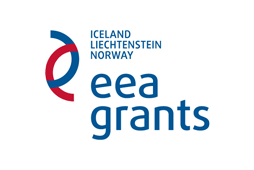Endrin
Traded as: Endrin, Hexadrin, 72-20-8.
What is it? Organochlorinated insecticide, very toxic, classified as persistent organic pollutant (POP) and banned by the Stockholm Convention since 2001.
Use (purpose):
- Used in agriculture and orchards as insecticide for tobacco, apple trees, cotton, sugar cane, rice and cereals and for seed treatments.
- Used to eliminate fish in fish ponds and fish farms prior to repopulating them (Malaysia), used for killing birds (thrush) and rodents.
According to the EPA, its persistence in soil can reach up to 14 years or more, especially in cold and shaded areas.
Present status: Since 2004 it was banned from production, sale and use in the countries having ratified the Stockholm Convention.
In Romania: forbidden since the 1980.
Health effects: Endrin is irritating and toxic if swallowed, inhaled or adsorbed through the skin; its toxic effects are cumulative. When heated it decomposes in toxic fumes of hydrogen chloride and phosgene.
- Acute effects: headache, dizziness, nervousness, confusion, nausea, vomiting, stupor, insomnia, aggression, apathy, drowsiness, weakness, convulsions, death.
- Chronic effects: toxic to the nervous system, affecting the brain stem, mutagen. Intrauterine mortality and birth defects in animals. Other effects: renal tubular necrosis, inflammation of the liver, cirrhosis, hepatic necrosis, renal failure, weakness accentuated , anorexia or accelerated weight gain.
- Target organs: nervous system, liver.
Exposure limits, lethal dose: 12 mg/kg body weight (when absorbed through skin), deadly at 3 mg/kg body weight (when ingested).
Contamination sources:
Occupational: Persons working in agriculture and landscaping (insecticide treatment) are the most exposed, if they use old Endrin containing products (due to the inhalation and skin contact).
Food: people eating large fish quantities, especially pregnant women with a rich fish diet.
Useful links:






